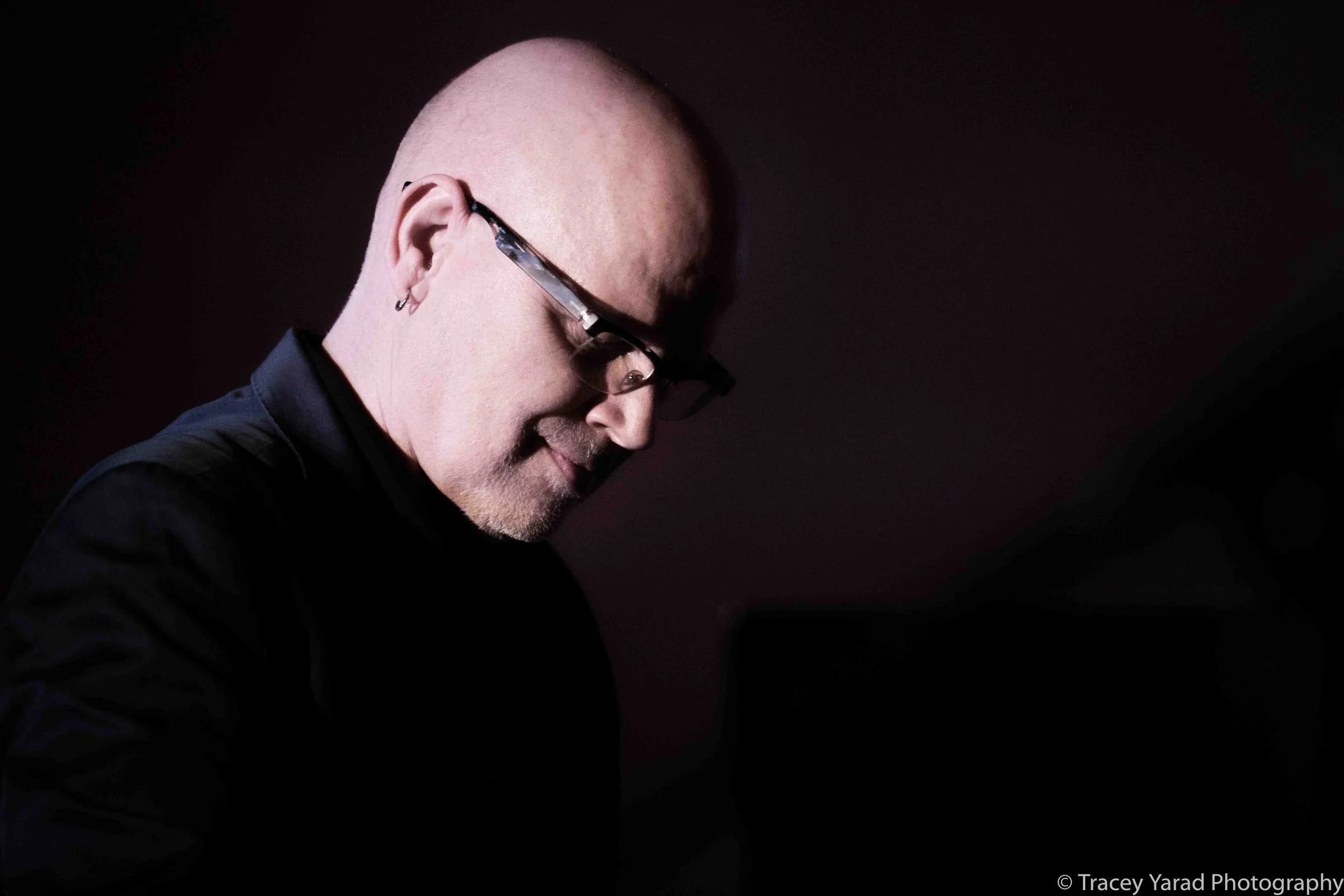Jim Ridl is in high demand as a New York City jazz pianist, composer, teacher and band leader. His ongoing residency at the internationally known jazz club The 55 Bar is in its fifth year, where he and his quartet perform his original compositions monthly. Jim performs worldwide with a variety of jazz artists, including The Joe Locke Quartet, The Dave Liebman Big Band, The Paul Jost Quartet and the Mingus Big Band. He has toured with the US State Department American Music Abroad program (’12 and ’15), performing in Russia, South Korea, China, the Philippines, Moldova, Azerbaijan, Slovenia and Malta. As a composer and leader, Jim has released 7 recordings, the latest titled Door in a Field,Volume 2. Jim was a Princeton University Visiting Artist for three separate semesters (’12, ’14, ’16), coaching jazz ensembles in repertoire and performance. Jim continues as adjunct educator in Jazz Piano Studies at The City College of New York and the New York Jazz Workshop in Manhattan. From 1994 – 2004, Jim performed with jazz guitar legend Pat Martino, receiving critically acclaimed reviews of performances around the world, and producing four outstanding recordings: Interchange, Night Wings, The Maker and Nexus. Jim was raised on a farm and ranch in North Dakota, and discovered his love for piano and jazz at an early age. He attended the University of Colorado at Denver, where he earned his Bachelor Degree in Scoring and Arranging, and was awarded its Student Achievement Award for composing “Ocean Sojourn,” an orchestral tone poem, performed with the Denver Symphony Orchestra, James Setapen conducting.
Jimmy Greenfield Sculptor
A native of Poughkeepsie, Greenfield moved to NYC’s SoHo in the mid-1970s to pursue a career in art. While there, he drank in and was inspired by the loft jazz scene percolating at homey little venues like Sam Rivers’ Studio Rivbea. Like many visual artists, Greenfield became friendly and collaborated with the adventurous musos on that scene. And like many a SoHo artist, he was eventually priced out of the tony neighborhood and helped pioneer a new scene with a move to Brooklyn in the early 1980s.
Greenfield came to the street-level space at 636 Dean Street that would become Soapbox in 1996. He utilized it for years as his sculpture studio, with the street frontage being dedicated to installations by visual artists he loved.
We live in a visual world of signs that guide, dictate, and define social norms. Many of these are culturally specific, but others are universally understood and form the basis of a symbolic language readable the world over. The signs depicted in this show are meant as warnings about the effects of unbridled
population growth that puts ever-increasing pressure on shrinking natural resources, the wholesale and indiscriminate destruction of the environment, and the inevitability of human conflict that will follow. Constructed on desiccated earth, they are meant to inspire meditation about the future with
the hope that by doing so, humans will somehow rise above their differences and recognize the extreme challenges ahead. This “evolution of human spirit and cooperation” is the only process through which we will be able to ensure and maintain the survival of the living planet.
